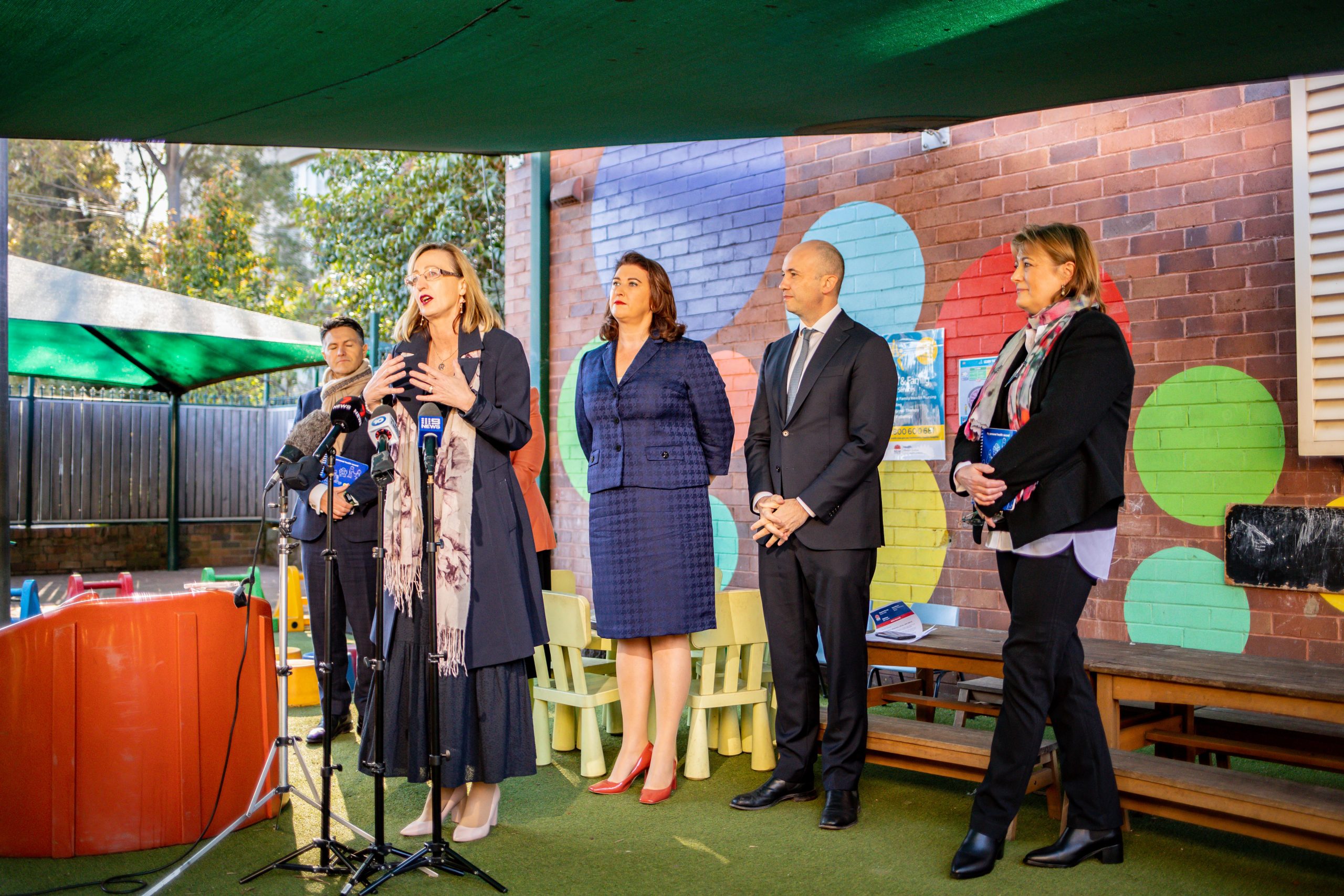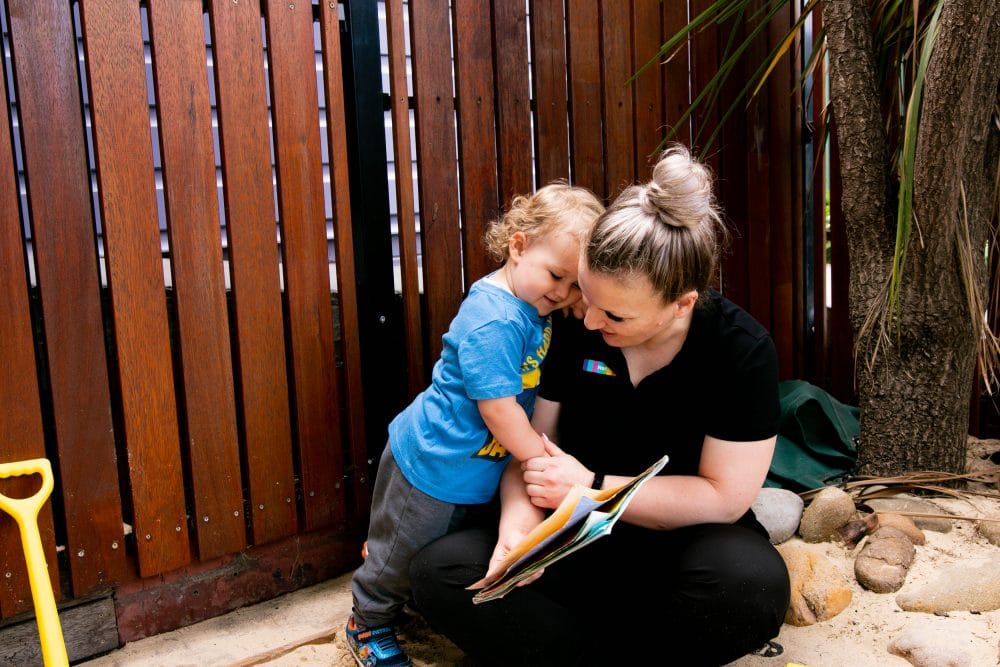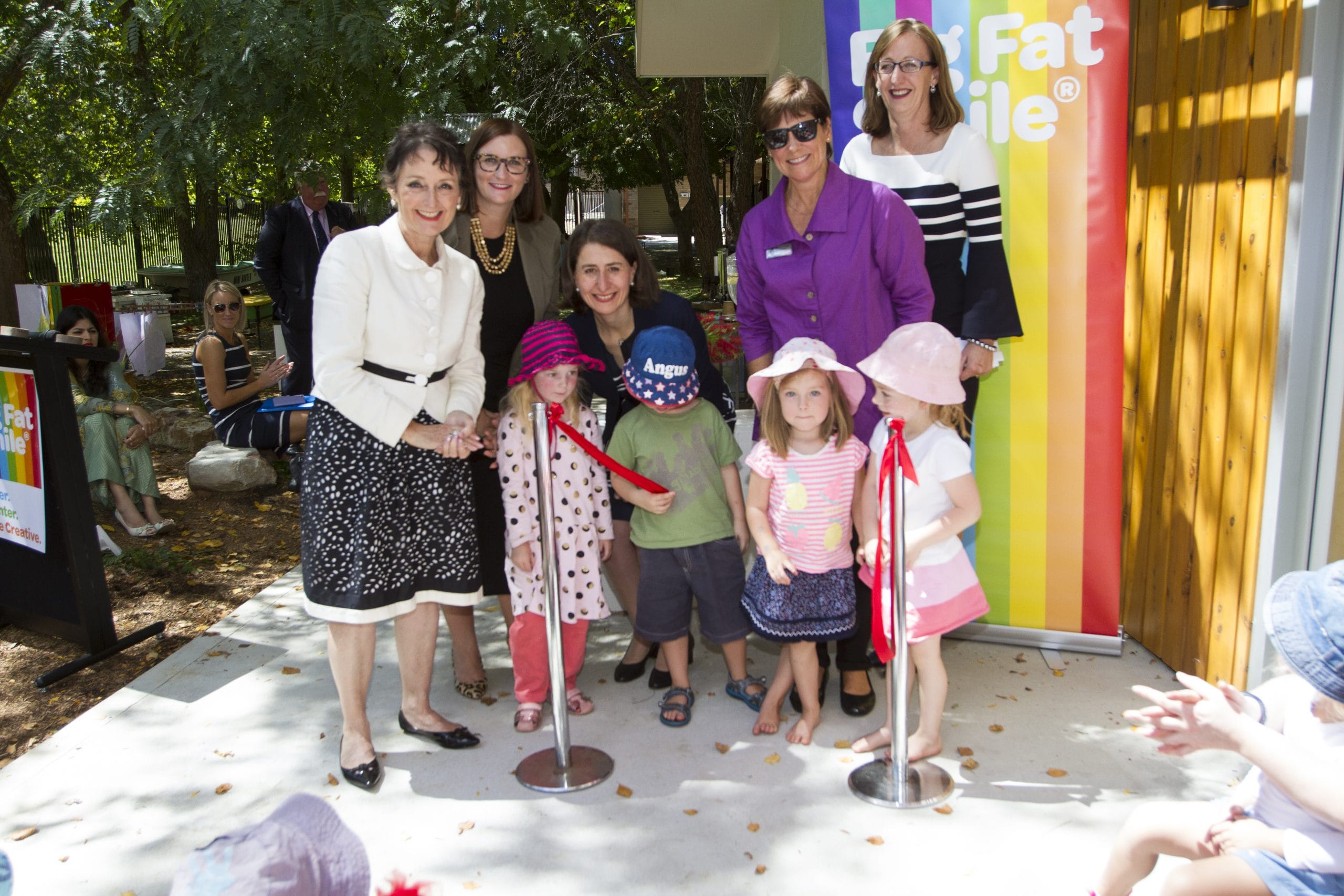Remember the joy of squishing paint between your fingers, and applying it to paper with wild abandon? Or plunging your hands into a ball of clay to fashion some fantastic creature?
As young children our creative capacities come naturally to us, uninhibited, untrained and unrepressed. We can make our mark without worrying about whether it achieves the “correct” outcome.
And yet, ask many teens or adults about art and creativity, and quite a lot will say something like “I’m not an arty type. I can’t draw.” Or even “I’m not creative”. What they mean of course is that they can’t draw accurately, in a highly realistic way. What happens to us between 5 and adulthood that so radically withers our willingness to engage in visual arts practice? Why does realistic drawing become the benchmark for creativity? Creativity seems to be seen as an outcome or a noun, rather than an active, cognitive process.
The Committee for Economic Development in Australia has predicted that a significant percentage of jobs will become redundant before our preschoolers have finished high school, and we can’t even imagine what jobs will come into existence over their lifetimes. What we do know, however, is that the ability to think creatively will never be made redundant.
In 2008, Big Fat Smile established its Artist-in-Residence Project and Artspace Studio programs where our in-house professionally trained visual artists and musicians inspire children through art, music and creativity. The children work alongside practicing, exhibiting, degree qualified artists, in a process of conception, construction and the celebration of making and creating art.
At Big Fat Smile, we focus on the process and not the final product, but we also take pride in great outcomes – we encourage bravery and experimentation. We help develop children’s imaginations so that they can problem solve, connect to others and empathise. Our programs are designed to promote critical and creative thinking – equal levels of right and left brain development.
Big Fat Smile’s artist in residence, Jill Talbot, has found that many people think of the arts as primarily emotive and recreational, not as academic – in other words, as non-essential to the enterprise of education.
As a result of her many years as a practicing artist and educator, Jill has written Joy and Mess, A Handbook for early childhood and primary school educators. It includes the processes and outcomes of learning through creativity over a 6-year period, for both children and educators from a number of local community preschools.
Joy and Mess is full of practical examples and insights from Jill’s experiences to help educators support children to become more confident, curious artists and lifelong creative thinkers.
Joy and Mess is available for sale by contacting [email protected].





